4 months later, here comes the second flagship camera from Fujifilm, the X-H2. Every camera manufacturer usually releases one flagship camera to showcase the state-of-the-art technologies that they offer. But this is not the case for Fujifilm, they have a different approach, instead of releasing one flagship camera, they release two flagship cameras.
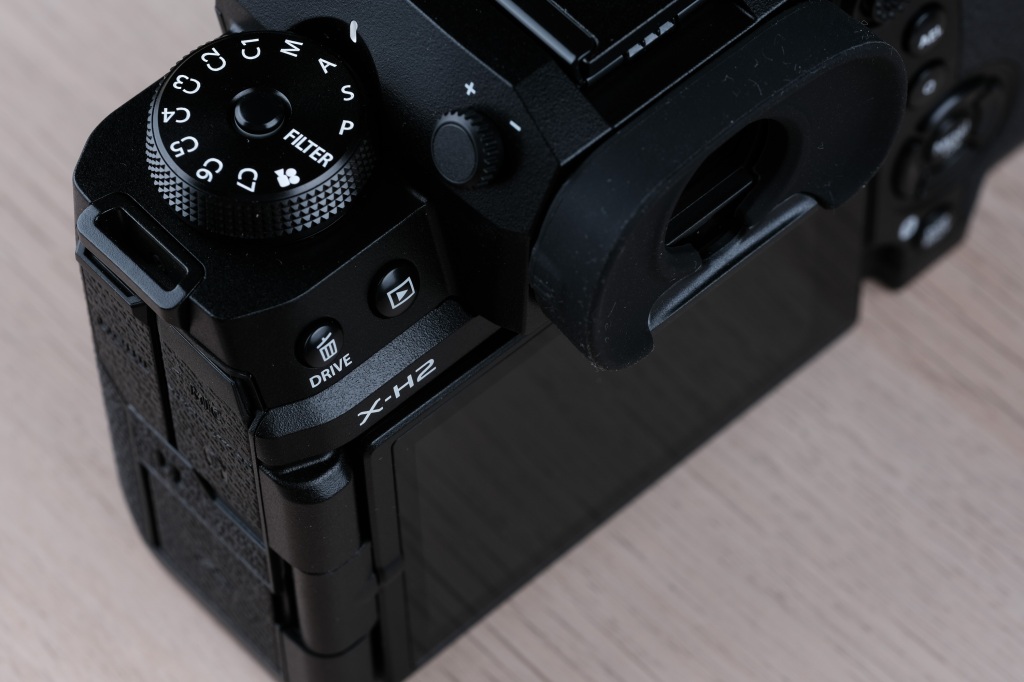


Come to think of this, we have this conception that the flagship camera has to be the one and only one on the top of the lineup. But it is totally common in the mobile phone industry, many manufacturers announced dual, trio or quartet flagship models. Think Apple, Samsung, and Xiaomi. I have nothing against this strategy. Instead, I feel that this is a good move to allow photographers to choose the right option for their needs (speed, resolution, or both) and budgets for their investments.

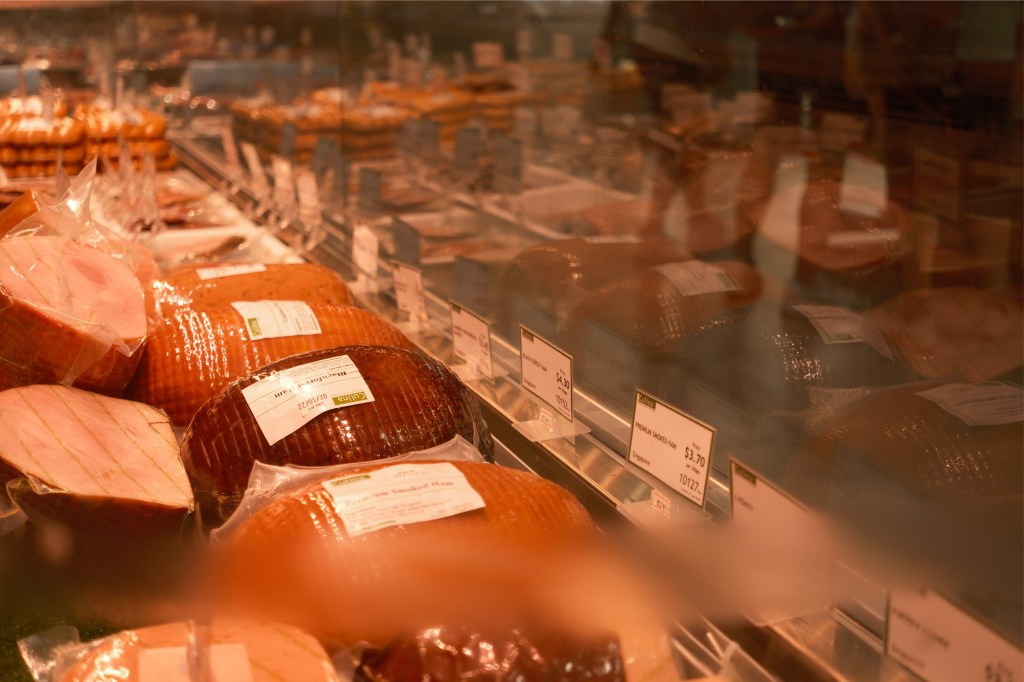
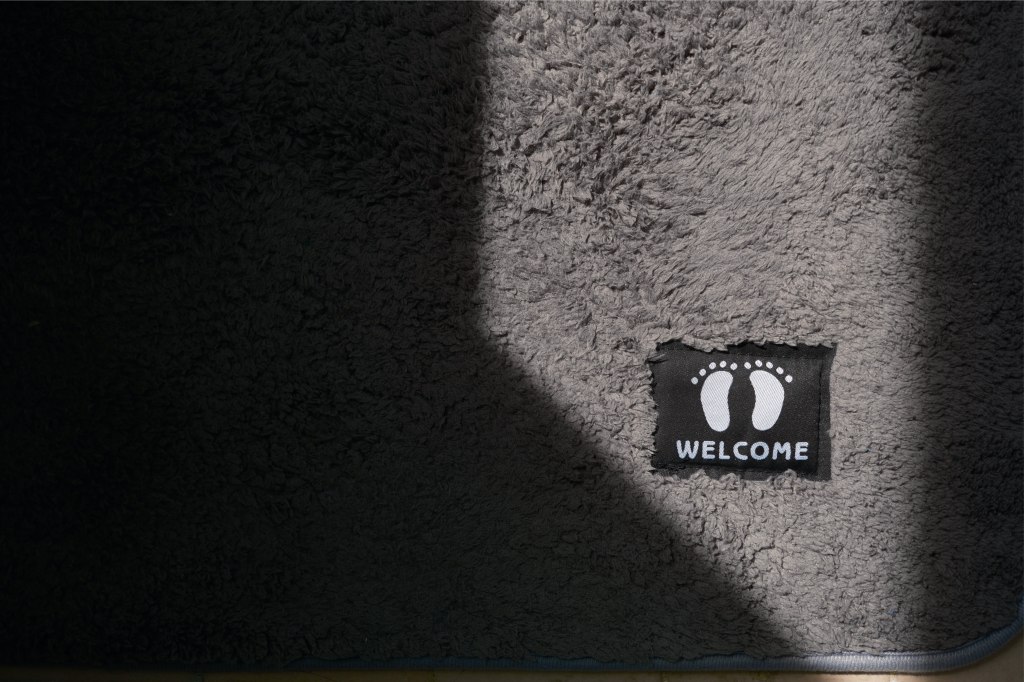
Fuji X-H2 . XF27mm f2.8 WR @ 27mm . f2.8 . 1/950″ . ISO 125 . Nostalgic Negative
Before I continue with the review, I would like to thank Ms Carmen, Marketing Manager of Fujifilm Singapore, for arranging and loaning the X-H2 for review. By the time this review is online, the camera unit had returned back to Fujifilm Singapore.

In this hands-on review, I will do the same approach as I did with the X-H2S; to use various lenses to see how the lenses perform with this new 40 megapixels camera.
Here is the list of lenses I used:
1. XF 16mm f1.4
2. XF 18mm f1.4
3. XF 23mm f2
4. XF 23mm f1.4 WR
5. XF 27mm f2.8 WR
6. XF 35mm f1.4
7. XF 50mm f1
8. XF 50mm f2
9. XF 18-55mm f2.8 – f4
10. XF 70-300mm f4 – f5.6
11. TTArtisan 23mm f1.4
12. TTArtisan 50mm f2
13. TTArtisan 50mm f0.95
To note: As I am not a videography expert, I will not highlight any videography-related content in this post.
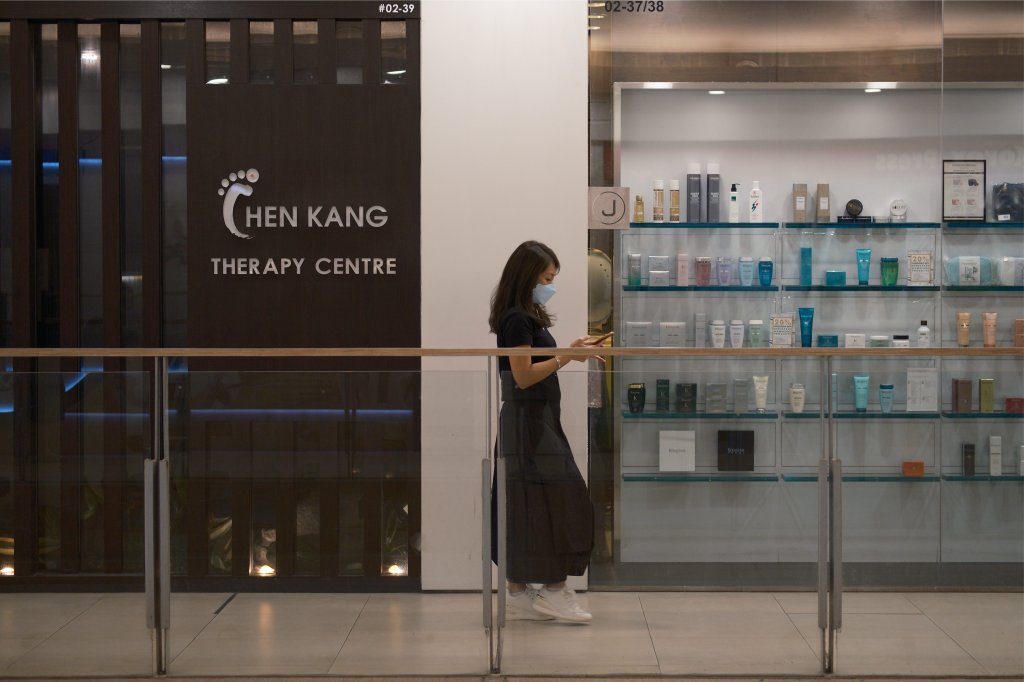
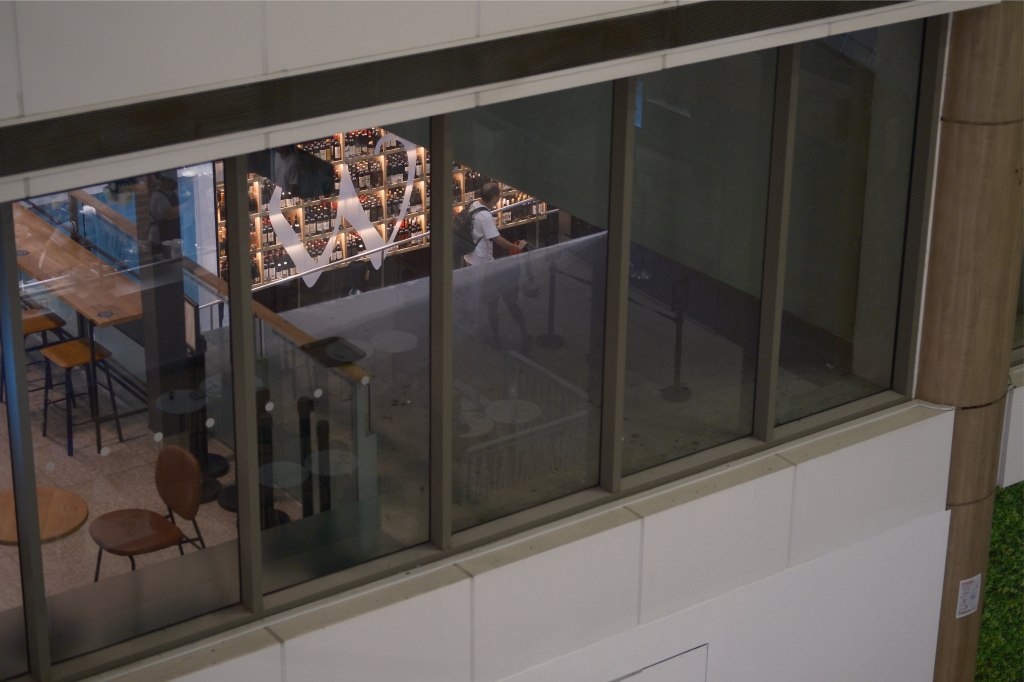
Right: Fuji X-H2 . XF50mm f2 WR @ 27mm . f2 . 1/350″ . ISO 1250 . Nostalgic Negative
Design, Build Quality, Handling & The Shutter…
Everything about its design, build quality, handling, shutter, and EVF are exactly the same as the X-H2S. Since it is totally the same experience so I will not repeat them over here. If you are interested, you can read it in my X-H2S post.
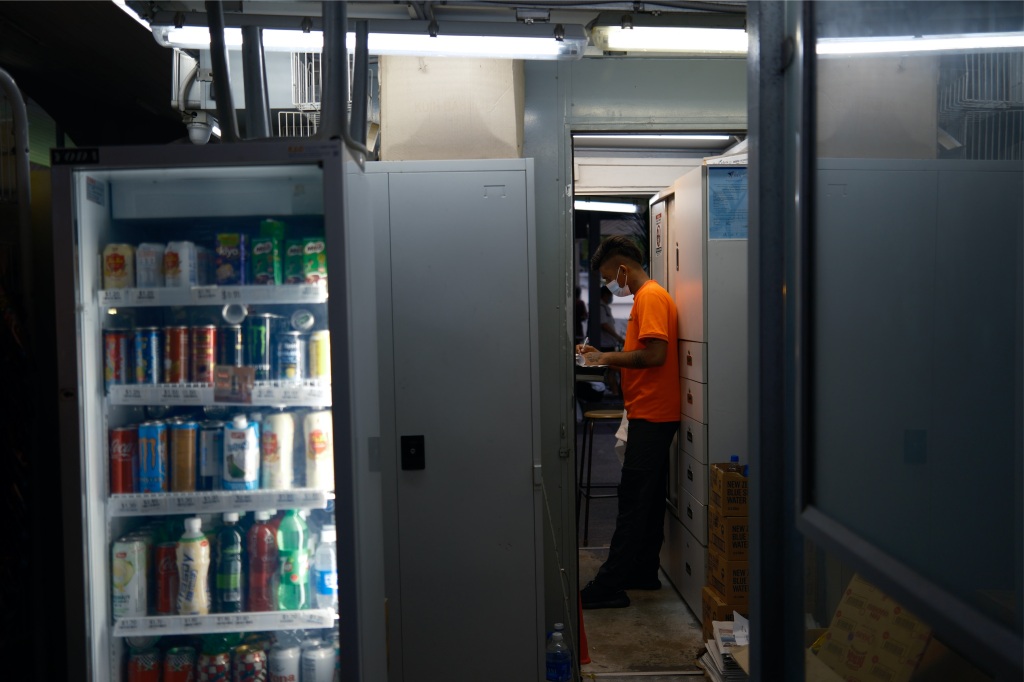
Sensor and Processor
Over here, Fujifilm uses the X-Trans CMOS sensor 5 HR (not the HS, and since the Resolution is the key thing and hence the “R”). The X-Processor 5 is the same as the one equipped with the X-H2S. Similarly, it has the Nostalgic Negative film simulation too, the second APS-C camera to come with this film simulation. Again, I just want to highlight it because I like this film simulation.
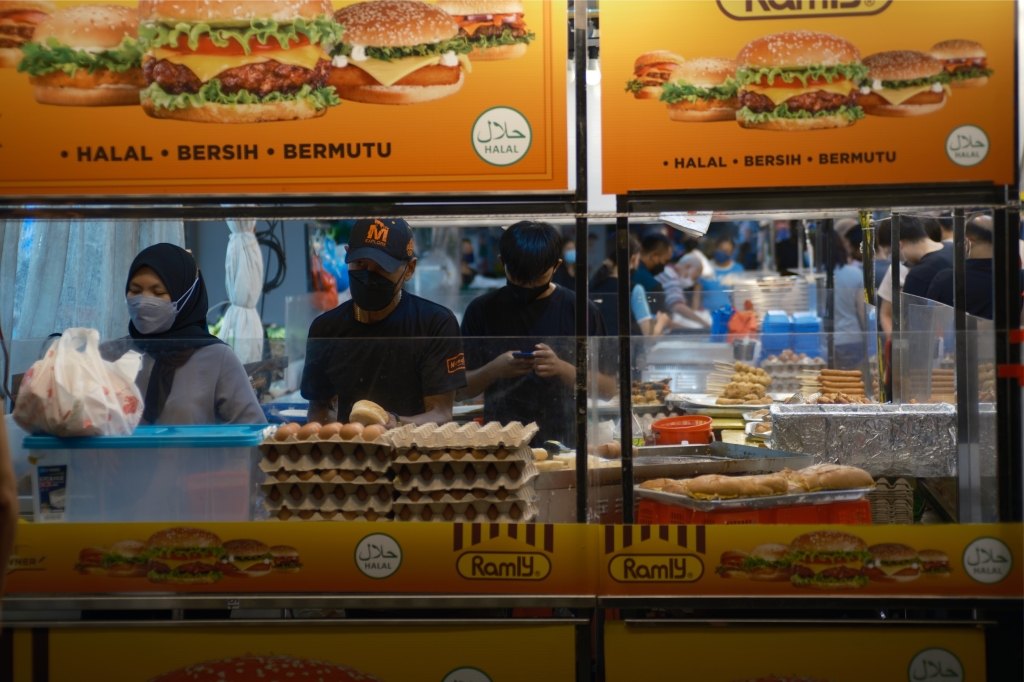

Right: Fuji X-H2 . XF35mm f1.4 @ 35mm . f2 . 1/85″ . ISO 125 . Nostalgic Negative
Not everything is exactly identical to the X-H2S. Fujifilm has something up its sleeve with this camera. In fact, there are 2 exciting improvements over the X-H2S (at least in my opinion).
The first exciting improvement is that it has the lowest base ISO since X-T3 was introduced with base ISO 160. It is now at ISO 125, which technically speaking will gives a cleaner and higher quality photo.


Right: Fuji X-H2 . XF50mm f1 WR @ 50mm . f1 . 1/300″ . ISO 125 . Nostalgic Negative
The second one is even more attention-grabbing, it has a maximum electronic shutter speed of 1/180,000, an increase of approximately 2.5 stops compared to other X-Series cameras (maximum at 1/32,000). In practical usage, I can shoot wide open without the help of using a Neutral-density filter. But I have no idea when I will need this blazing fast shutter speed but it is always good to have this functionality ready.
Image Quality
When rumours are flying around the internet sharing about 40 megapixels sensors, I am sure everyone who reads it is excited but what worried the most to the majority of the photographers including myself is whether the older lenses cannot resolve the sensor well. I am also sure that I am not the only pessimistic person here.


Right: Cropped
According to the Fujifilm website, they have listed what lenses at wide open can achieve edge-to-edge, high-resolution performance, allowing the photographers to fully experience the 40 megapixels sensor has to offer. They also highlight that lenses that are not listed will allow photographers to experience improved resolution performance of 40 megapixels.

Okay… Although the message here seems to be a little bit grey area but it sounds not too bad or so it seems to be. It still makes me wonder how good can the old lenses (and 3rd party manual lenses) resolve this high-resolution megapixels?
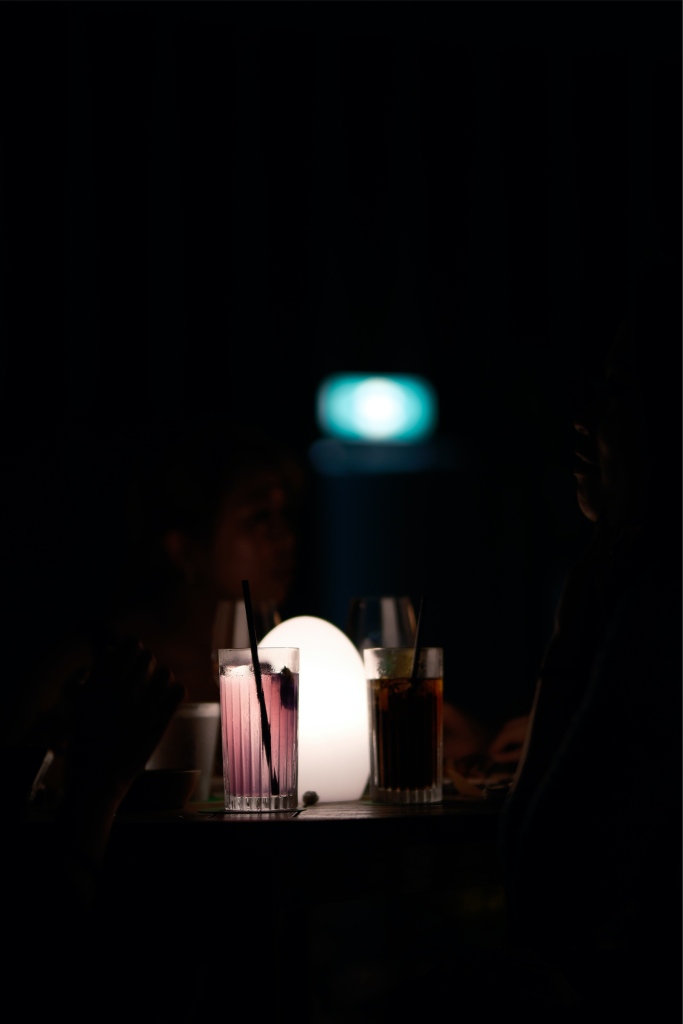
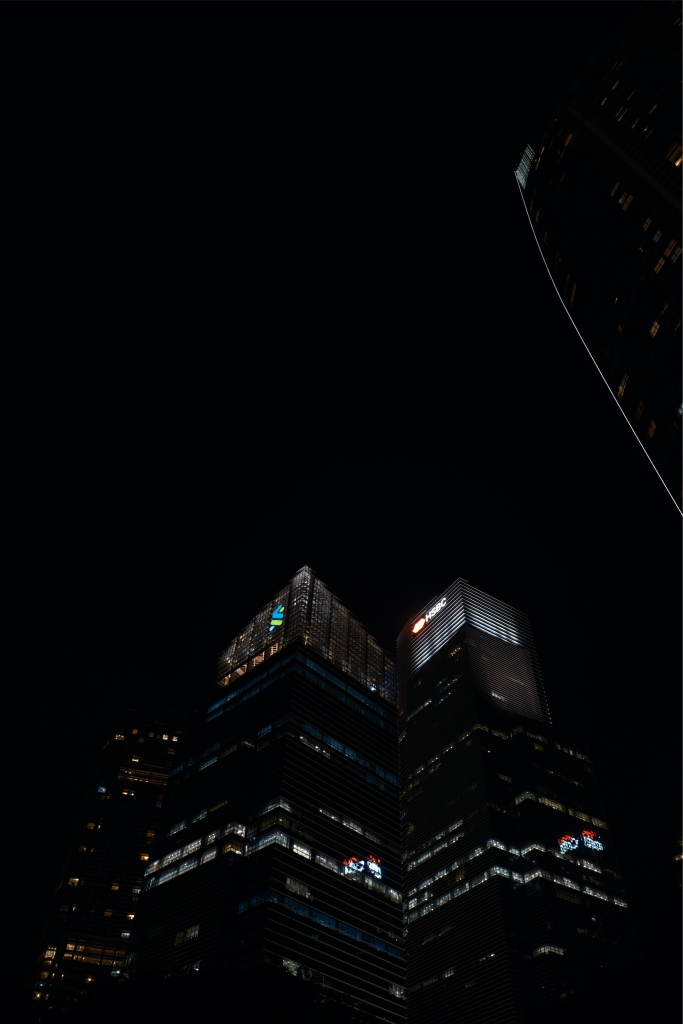
Right: Fuji X-H2 . XF16mm f1.4 @ 16mm . f4 . 0.35″ . ISO 125 . Nostalgic Negative
Truth be told, the images from those lenses turn out to be just fine or slightly better (depending on the individual perspective). They are not as bad as I thought they would be. My personal conclusion is that the old lenses and other manual lenses can resolve newer sensors. But the clarity level might not be as great as the newer lenses or the lenses that Fujifilm listed out there.
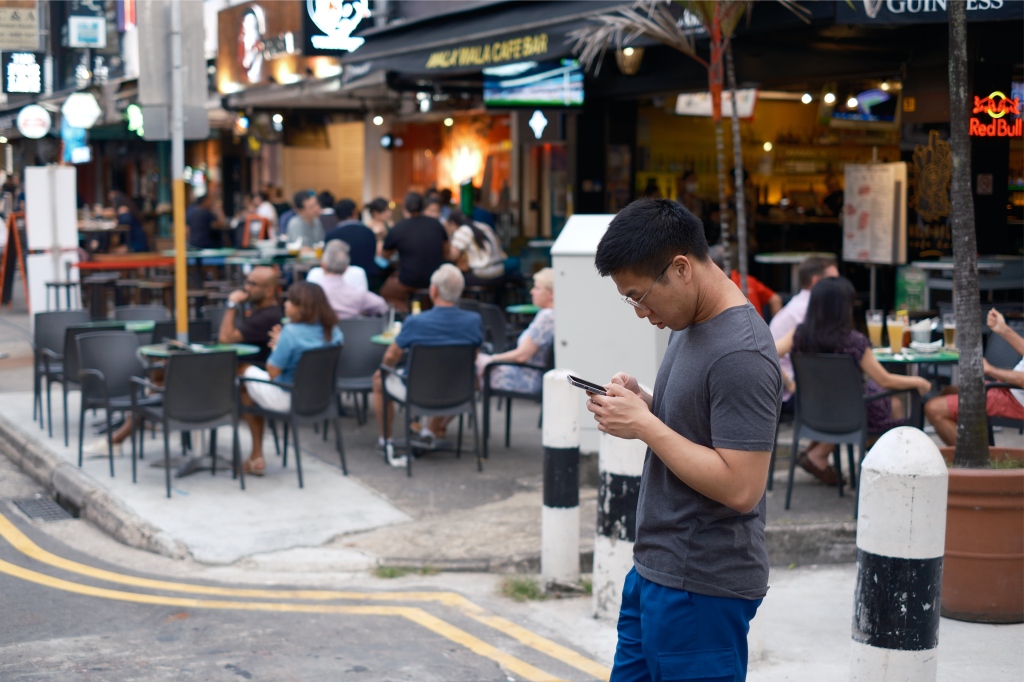
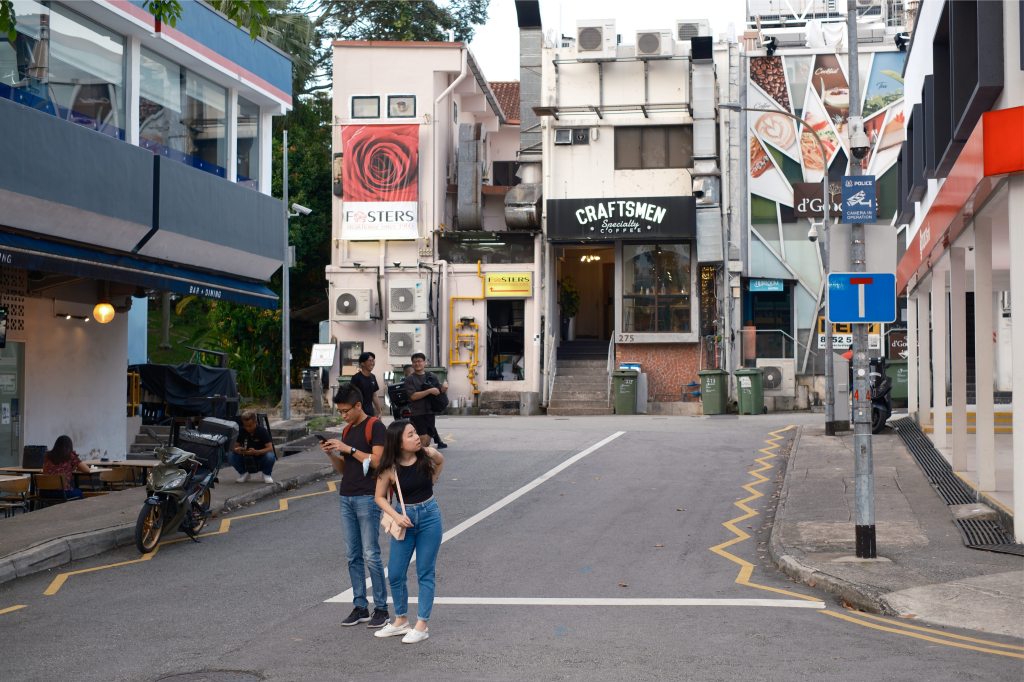
Right: Fuji X-H2 . XF35mm f1.4 @ 35mm . f2.8 . 1/52″ . ISO 320 . Nostalgic Negative
Undoubtedly, the number “40” is a new achievement in the APS-C camera category. The previous largest resolution I know is 33 megapixels from Canon. Although getting larger megapixels is always a good thing to have, retaining a decent amount of quality details is more important in my opinion. I’m glad X-H2 delivered it quite well.


Right: Fuji X-H2 . XF16mm f1.4 @ 16mm . f5.6 . 1/750″ . ISO 125 . Nostalgic Negative
There are 2 ways to make full use of the 40 megapixels. The first one is to print out at a whopping 8 meters x 6 meters print but unfortunately, not everyone has the space to hang it. So we talk about the second way and that is having the luxury to crop. While it cannot compare against the GFX cameras that come with 50 megapixels or 100 megapixels, it still has quite a good resolution to crop. Having said that, I am not a person who loves to crop photos. But with this amount of resolution, it does help to do some slight adjustments or creative crop to the photos for me.

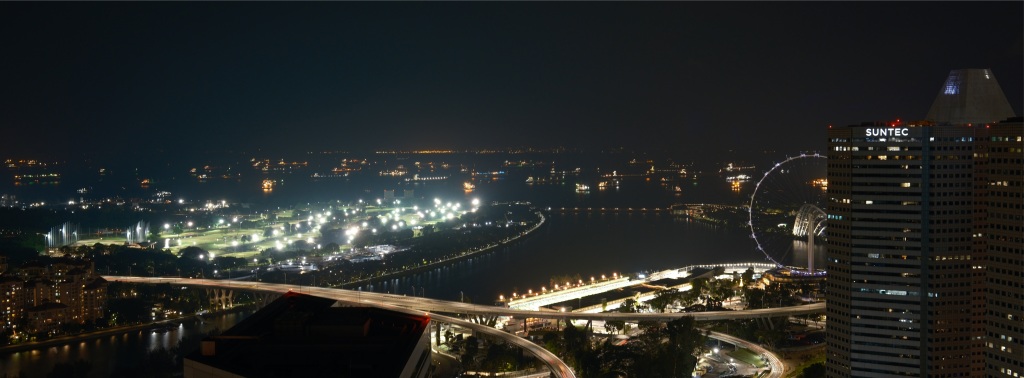
Performance
The autofocus performance for this camera is blazing fast with newer lenses. As for older lenses (especially without Linear Motor), the camera is still able to perform faster and snappier than equipping them on my X-T3. So I can say that the X-H2’s AF performance is kind of subject to what lenses you are using but the experience is not too far off.


Right: Fuji X-H2 . XF23mm f1.4 WR @ 23mm . f1.4 . 1/34″ . ISO 800 . Nostalgic Negative
What about comparing both X-H2S and X-H2? Well, the X-H2S indeed performs faster but just narrowly faster. You can only tell the difference when you test both cameras side by side.


Right: Fuji X-H2 . XF23mm f2 WR @ 23mm . f2 . 1/45″ . ISO 125 . Nostalgic Negative
Under decent street light situations, the AF performance is decently fast. That said, it is also depending on what lenses you are using to shoot as some older lenses might affect the AF performance by a little.
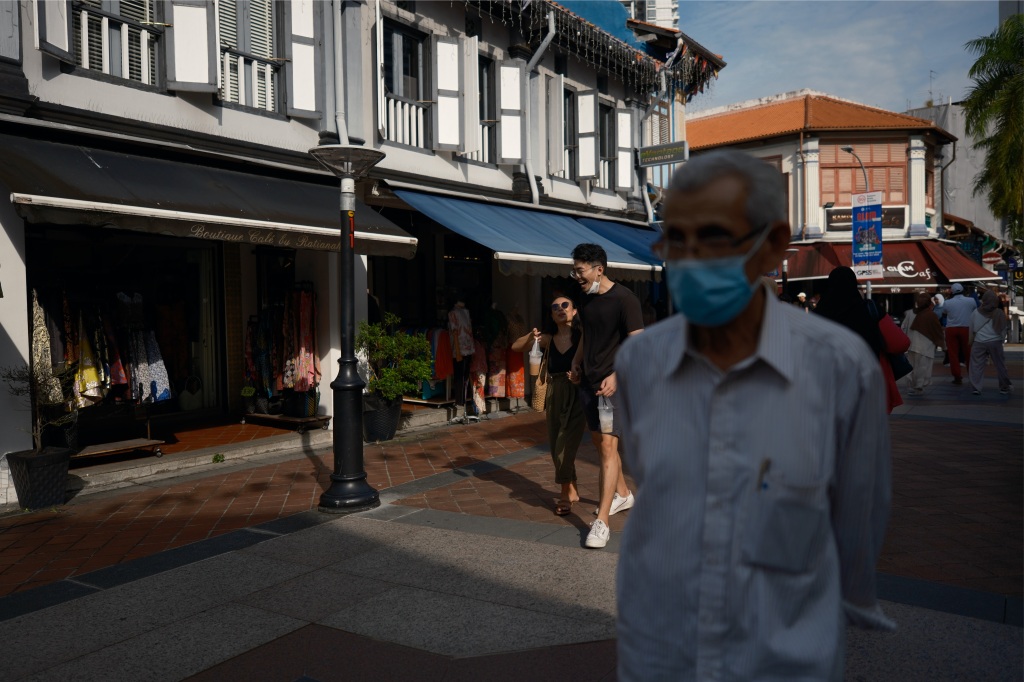

Fuji X-H2 . XF50mm f2 WR @ 50mm . f2 . 1/100″ . ISO 125 . Nostalgic Negative
The eye-AF performance is sufficiently better than the previous generation processor and image sensor. It is much stickier than before and can detect the eye even if the person is putting on a mask. Similar to X-H2S, if there is more than one person in the frame, you may experience the eye-AF jumping back and forth.
IBIS
Consistent with X-H2S, the X-H2 also achieve up to 7 stops compensation with some lenses up to 5 stops. I test with the legendary XF 35mm f1.4 and with some luck, I can manage to snap 0.7-second exposure handheld. For XF18-55mm, I am able to accomplish a 1/2 second result at a higher success rate with my shaky hands.

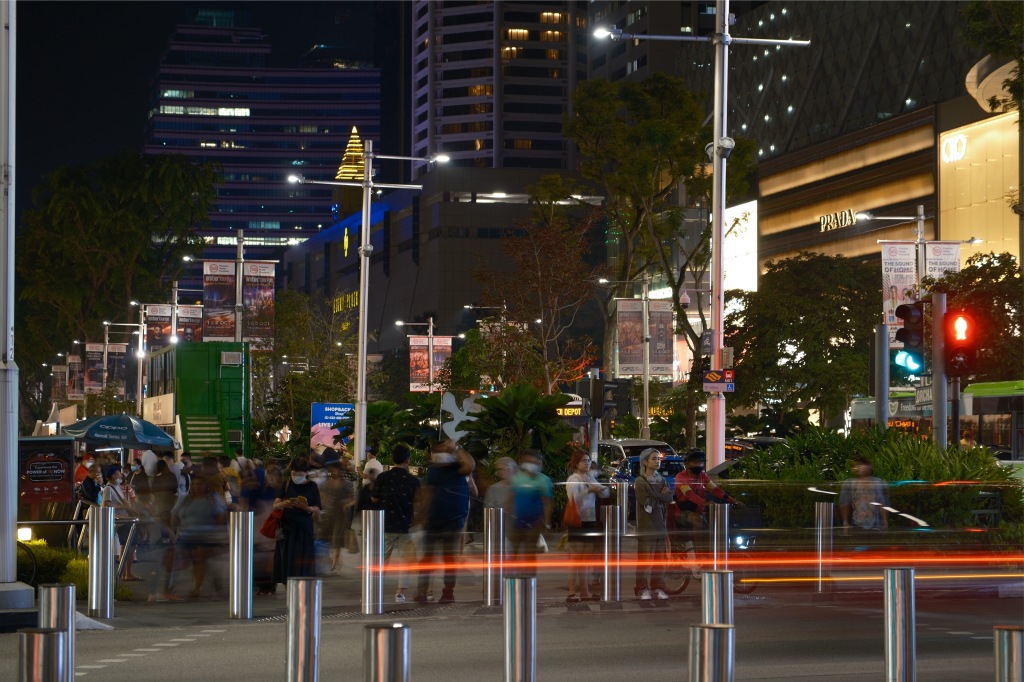
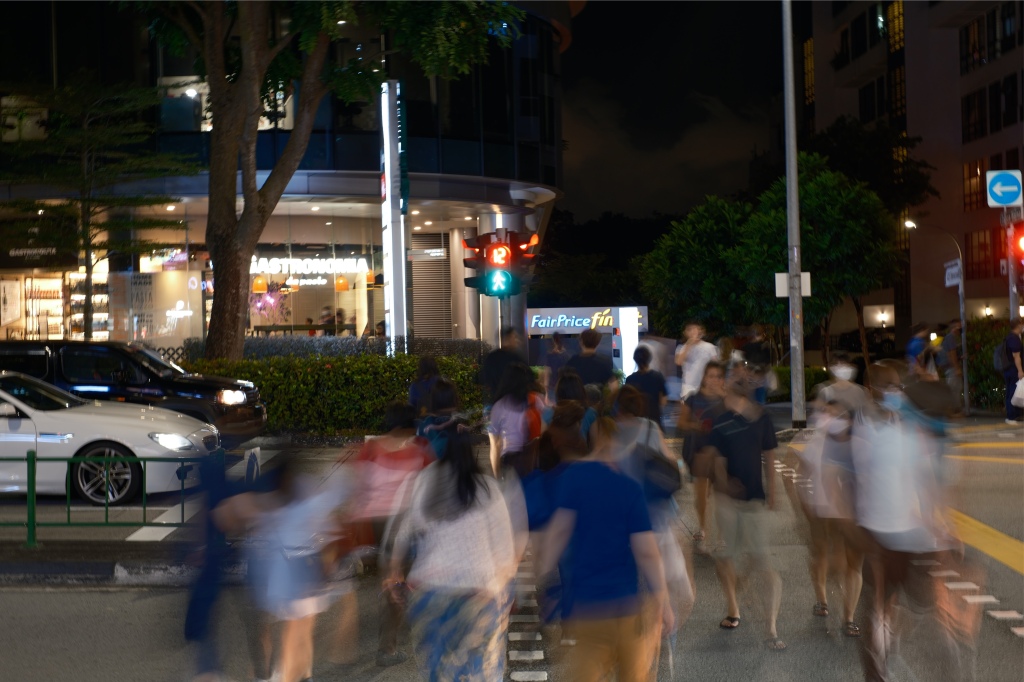
Battery life
For my usage in the past 2 weeks, I took about 700 shots in one of the days and it is left with approximately 25%. So 1 battery can definitely last me for a day. If I going to overseas travelling, I think bringing 2 extra batteries is more than enough. I probably will not even need to change the battery as often as I did with my X-T3 (which I need to change every half day).


Right: Fuji X-H2 . TTArtisan 23mm f1.4 @ 23mm . f4 . 1/2700″ . ISO 125 . Nostalgic Negative
To my surprise, according to CIPA standards, the battery life is rated as 680 shots. So I think they might have tested the battery with maximum performance while I using the normal performance.


Right: Fuji X-H2 . XF70-300mm f4-5.6 @ 300mm . f5.6 . 1/750″ . ISO 125 . Nostalgic Negative
Feedback
40 Megapixels is a lot and I believe not every photographer wants to have that full resolution, especially in RAW. At least a friend of mine who is a full-time photographer told me that. He explains that the nature of his work does not require such a big resolution as it will take up more of his processing time.
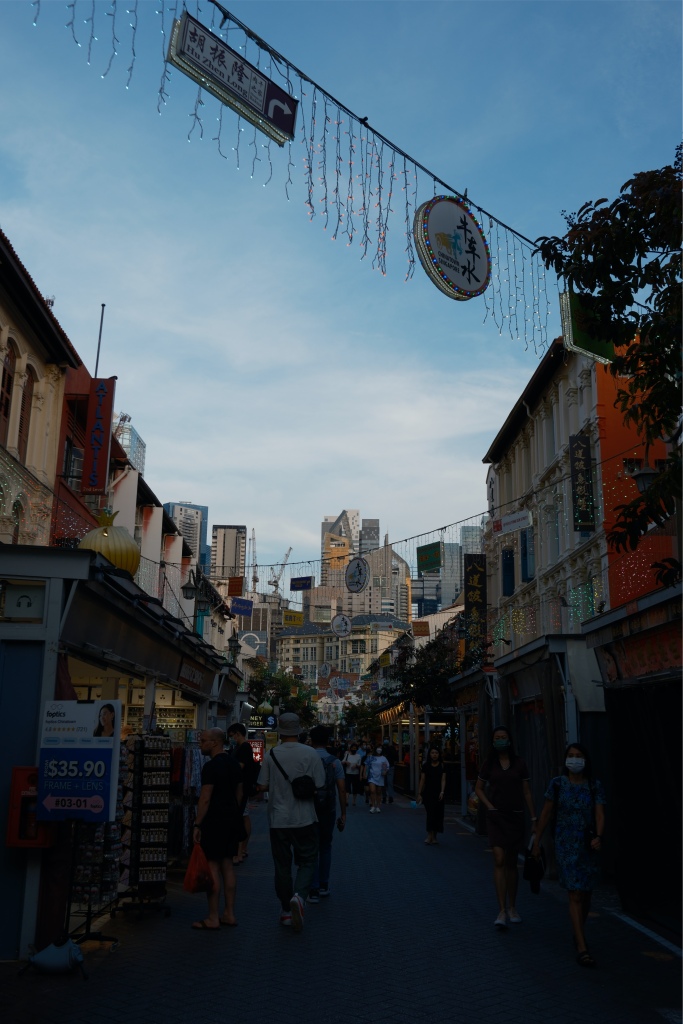
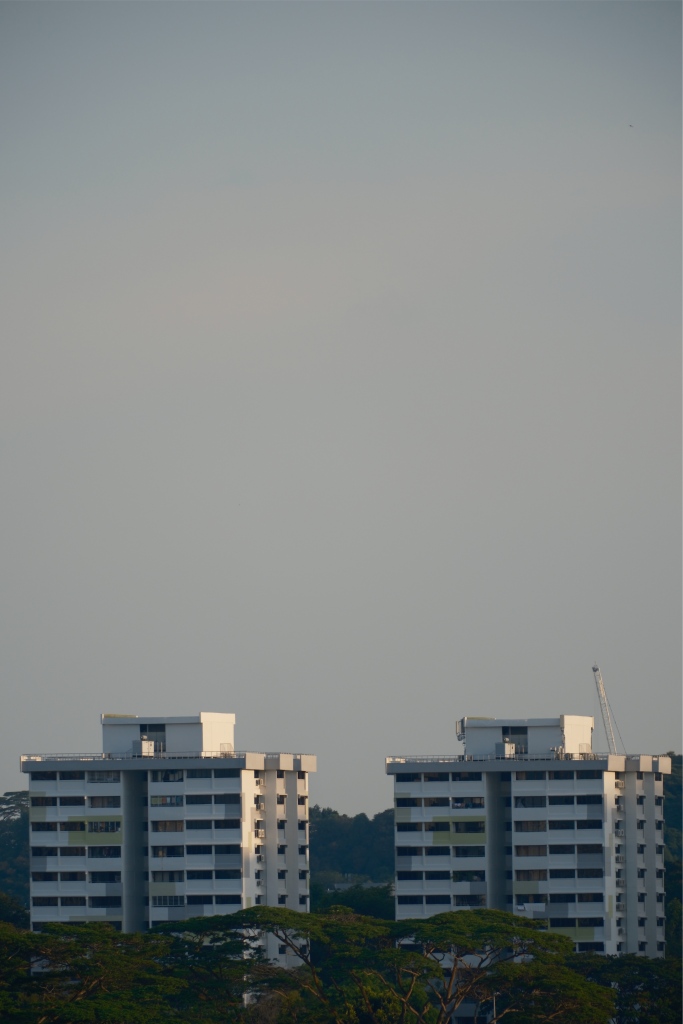
Right: Fuji X-H2 . XF70-300mm f4-5.6 @ 300mm . f5.6 . 1/450″ . ISO 200 . Nostalgic Negative
He hopes to see Fujifilm will take into consideration updating the firmware and implement the option to select the RAW size (i.e. M size RAW and S size RAW). The current setting only allows having M size JPEG and S size JPEG while keeping full resolution RAW.
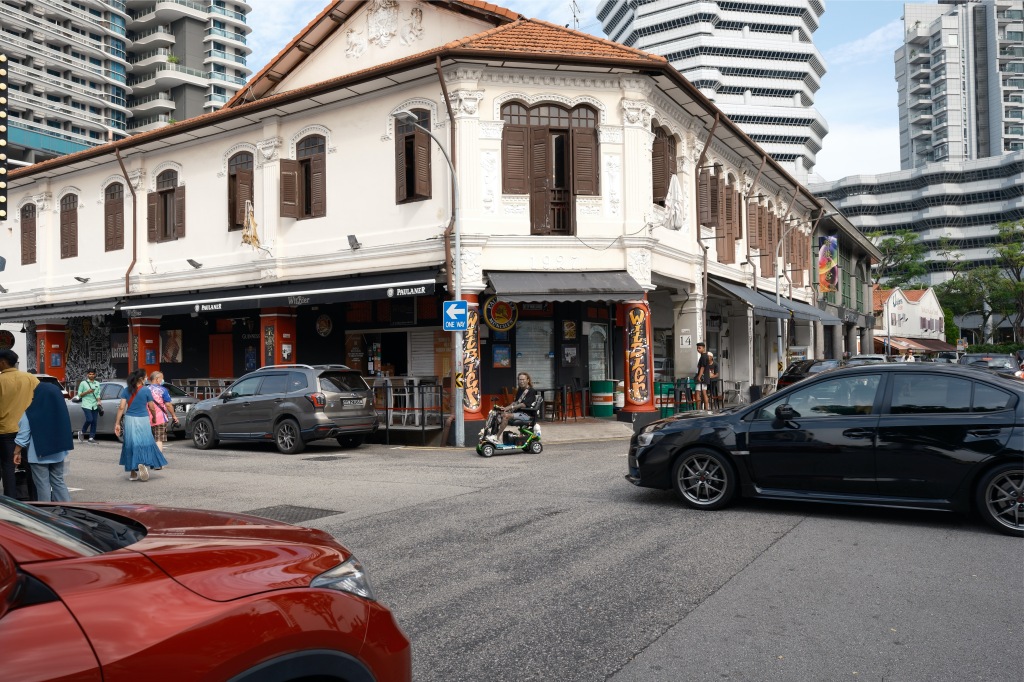

Right: Cropped
In my own words
After my 2 weeks of testing, I believe the X-H2 will be the popular option among the dual flagships. Putting the price aside, both cameras’ performances are very identical. Given that the X-H2 has more functionalities improvements like lower base ISO, faster electronic shutter speed and 8K video, I do see why it is more popular than the X-H2S.
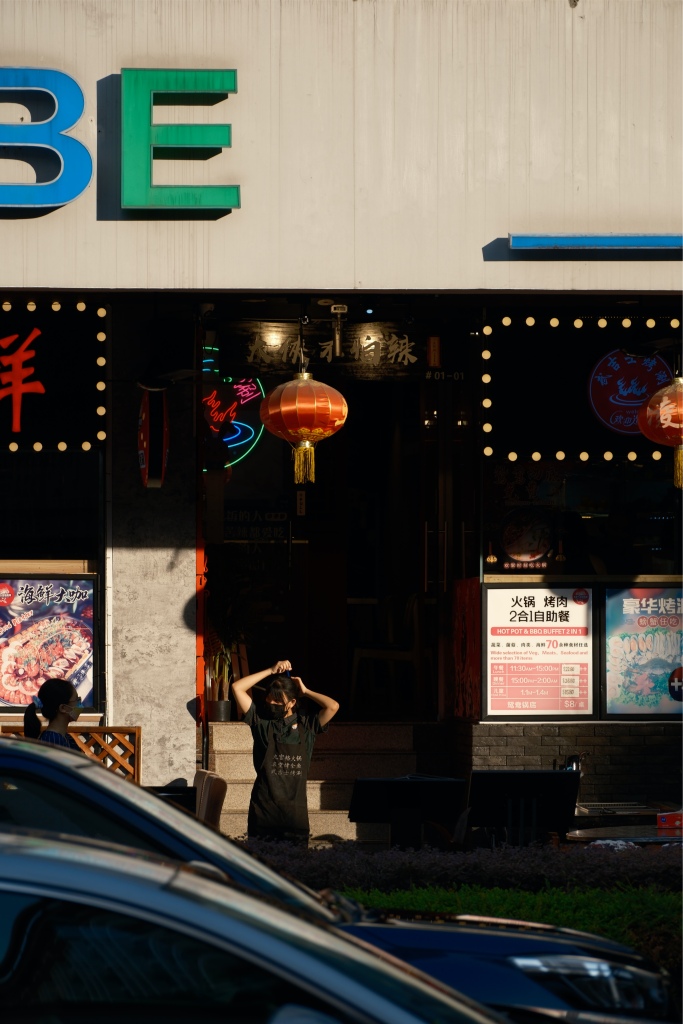
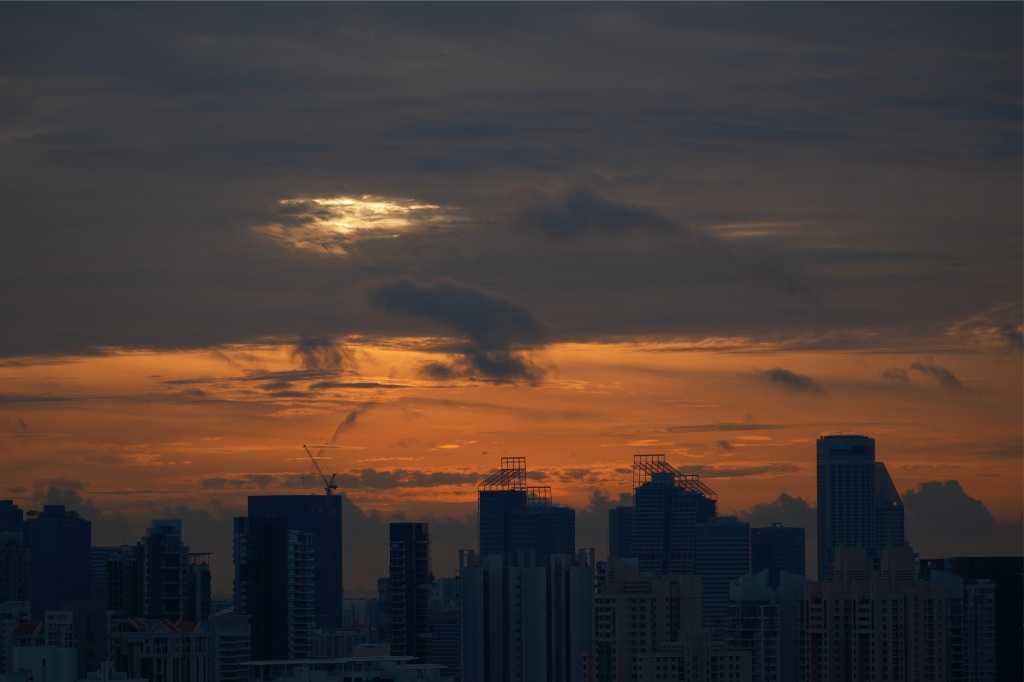
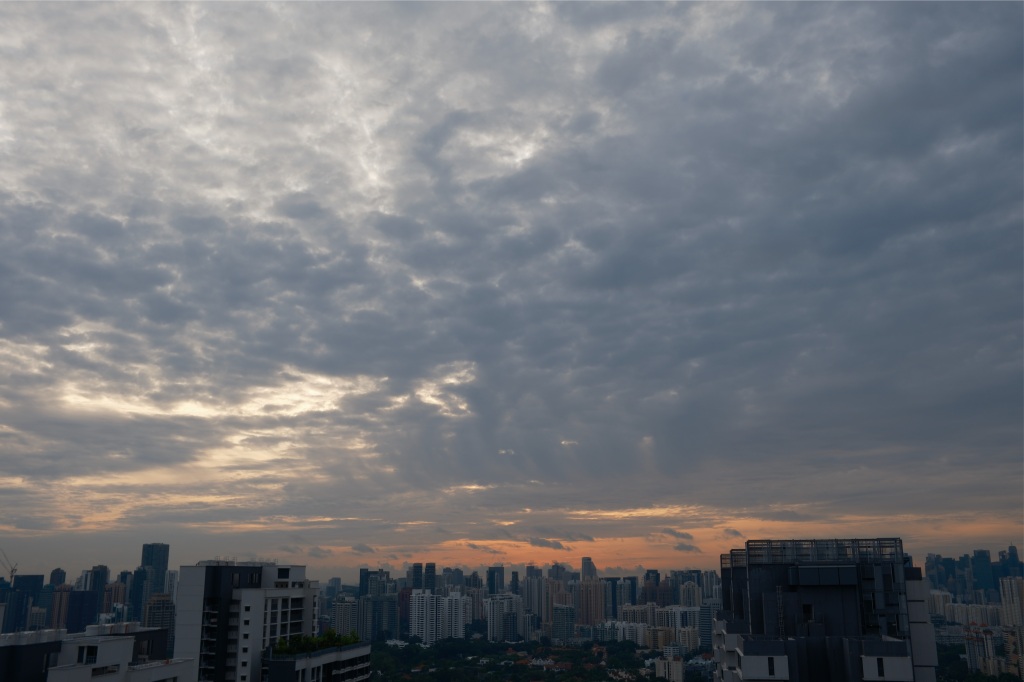
Right: Fuji X-H2 . XF23mm f1.4 @ 23mm . f5.6 . 1/320″ . ISO 125 . Nostalgic Negative
Now, what excited me is the X-T5. While no one knows when it will be announced and arrive on our shores, but what X-H2 has internally might shed some light on how X-T5 might have. I hope it will keep most functionalities minus the 8K video and some of the videography functions. Sorry, I wish the X-T5 to be a photographer’s camera again and not a hybrid camera like the X-T4.
Who is this for?
This is a great, heavy-duty workhorse camera and I highly recommend it to professionals and pro-consumers who can take advantage of the high resolution it has to offer. If you are struggling between the dual flagships, head down to the camera store and try it out and compare both of them. However, if the photographer wants to own both the speed and resolution, buy both and you can have the best of both worlds.
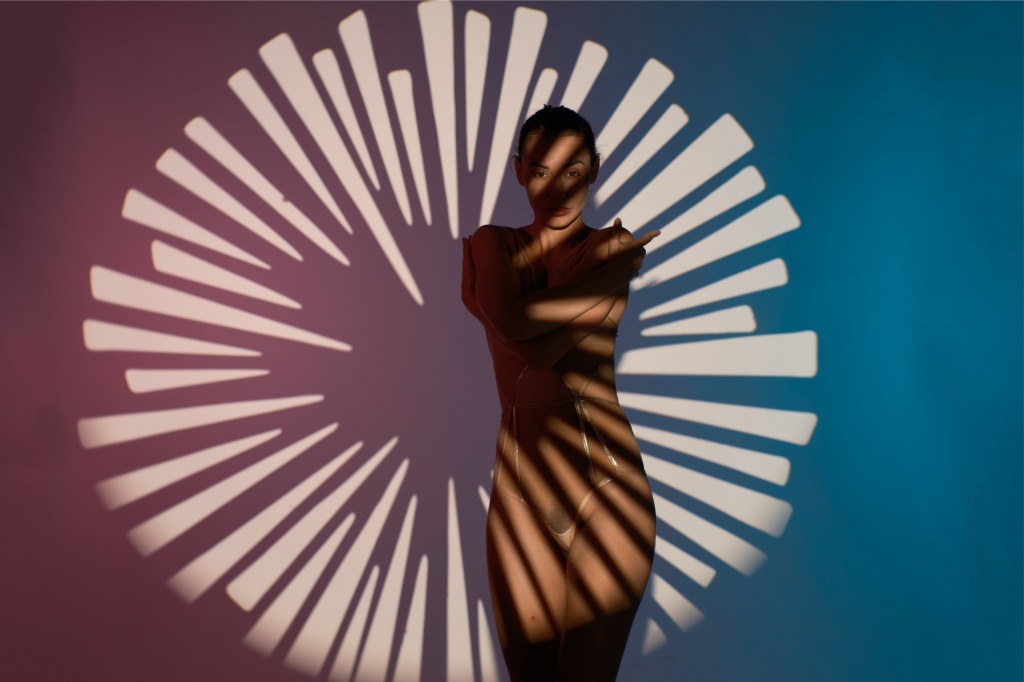

Right: Cropped
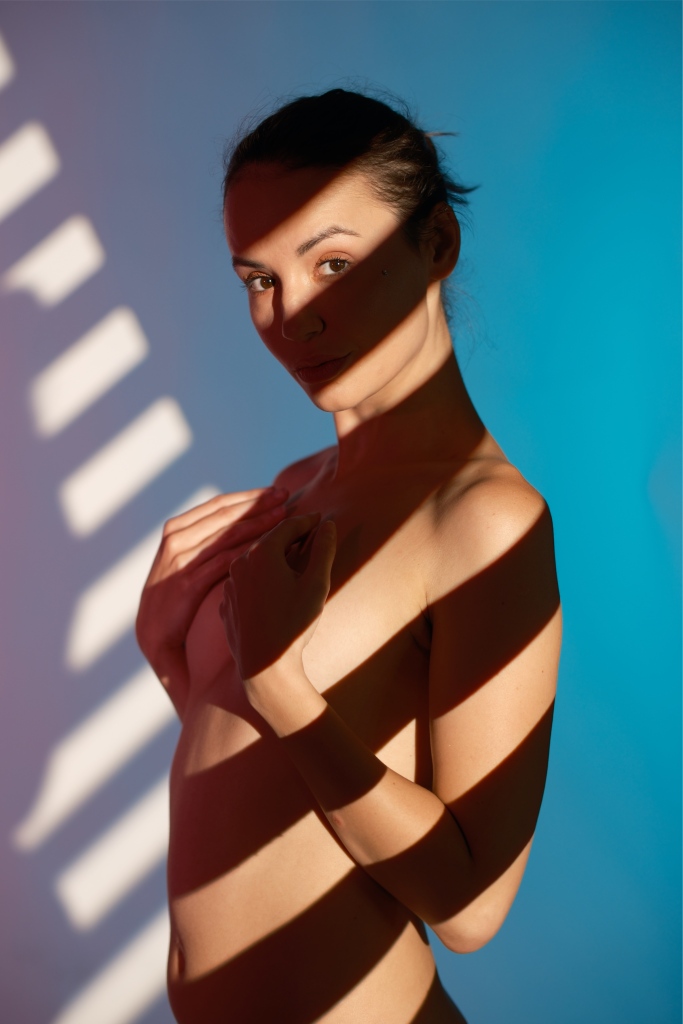
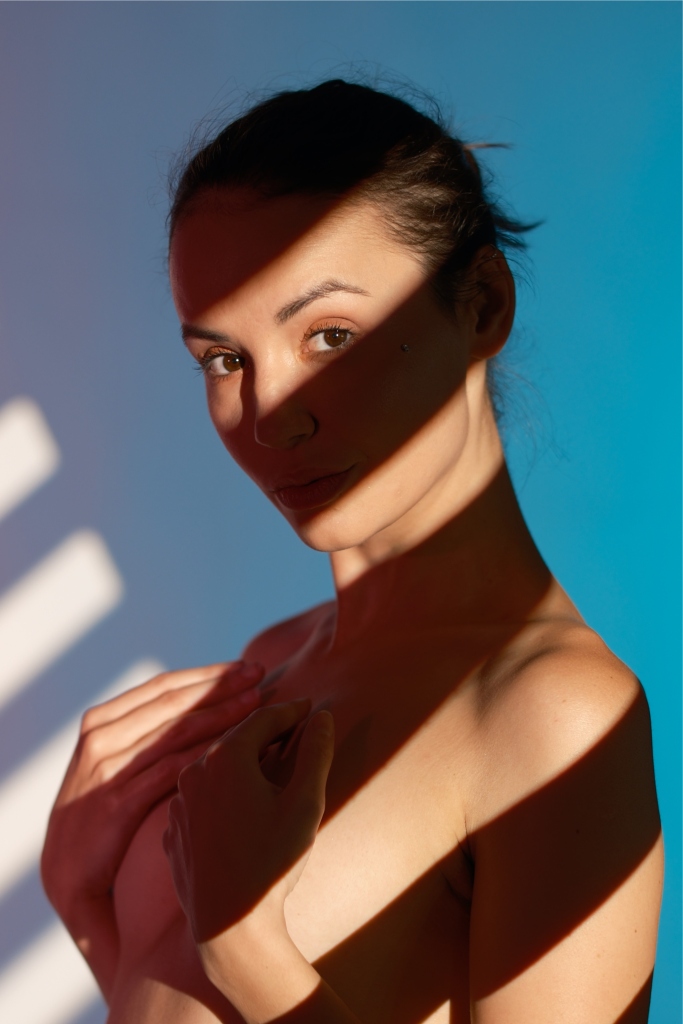
Right: Cropped
As for me, it is not for me. As I mentioned before, I am still waiting for the X-T5 arrival and I hope it will have the X-T3 flip and tilt screen. My piggy bank is waiting to get smashed.
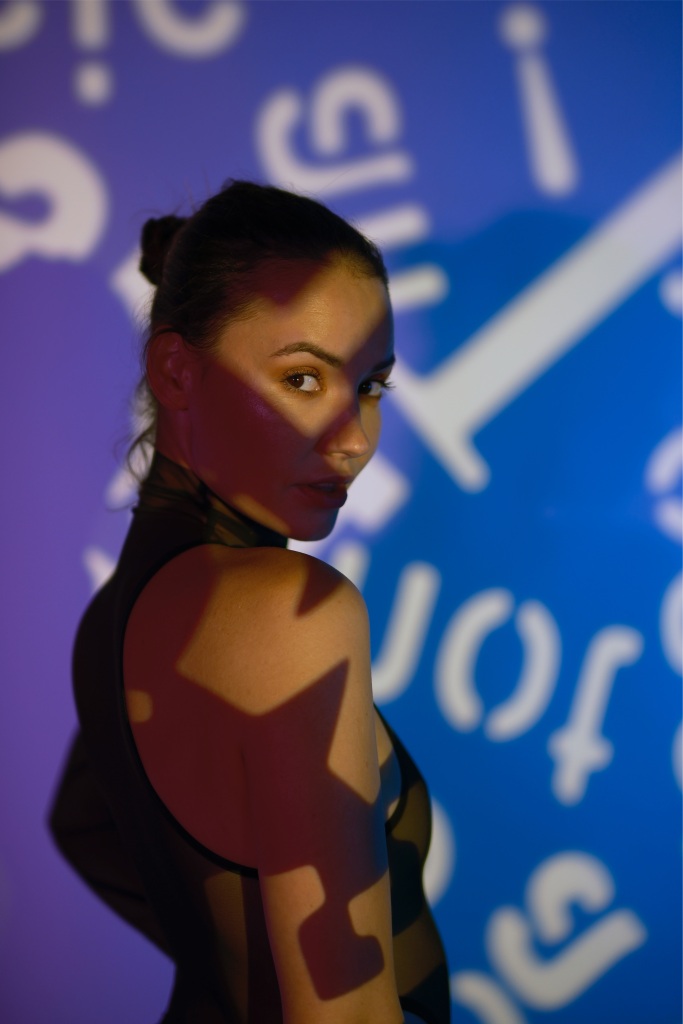
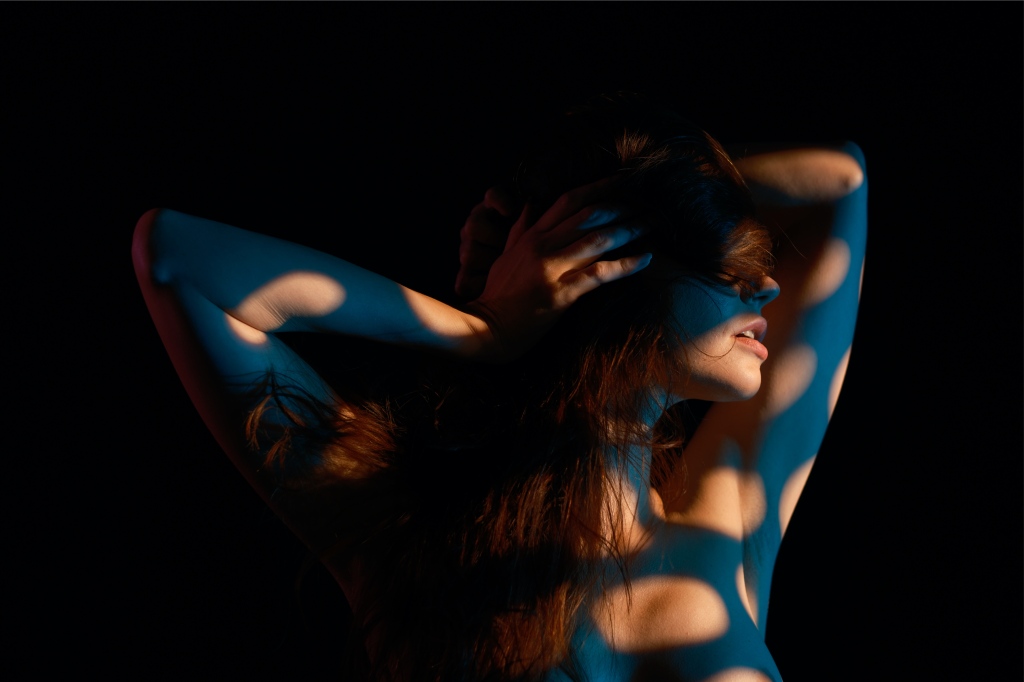
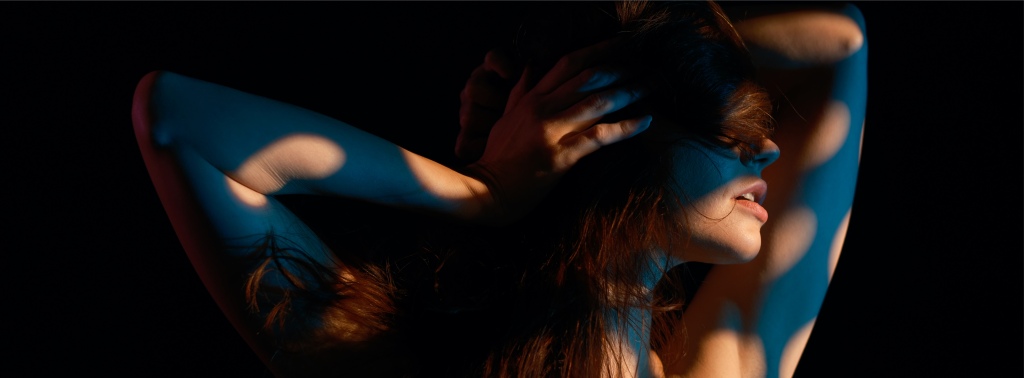
Thank you for reading.
If you like my works, please follows me on either one of the 2 Instagram accounts:
https://www.instagram.com/alwinkok_
https://www.instagram.com/alwin.portraits
Disclaimer:
1. All the shots taken here are shot by me.
2. All of the shots are straight out of the camera with some edited via In-Camera Raw Processing.
3. The photos are resized to 30% of the original size except for cropped ones. If you wish to see the original file, contact me and I am happy to share it with you.
4. I reserve ownership of these images, if you wish to use my images, please notify me.
5. The camera firmware is 1.00.
6. The opinions are based on my experience. If there is any mistake, please kindly drop me a message and I will gladly make the amendment.
If you like my content and you want to show some support, you can buy me a coffee here.















































